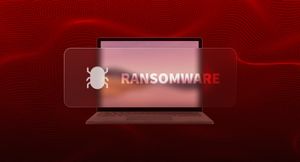CryptoLocker is a type of malware that can encrypt a victim's files, making them inaccessible until a ransom is paid. It poses a serious threat to businesses, as it can result in significant data loss and financial losses.
In this guide, we'll explain what Cryptolocker is, the threats it poses to companies, how it works, and the common infection methods.
We'll also discuss the consequences of a Cryptolocker attack and why prevention is key. Finally, we'll introduce Cubbit geo-distributed Object Storage as a potential solution for protecting against CryptoLocker.
What is CryptoLocker?
In a nutshell, CryptoLocker is a type of ransomware that encrypts a victim's files, making them inaccessible until a ransom is paid. The ransom is typically demanded in the form of a digital currency, such as Bitcoin, to protect the attacker's anonymity. Once the victim's files are encrypted, a message is displayed on the victim's computer, informing them of the situation and instructing them on how to pay the ransom.
Related reading: What is ransomware? 4 main types and a practical guide to restoring files encrypted by ransomware in 2023
What are the threats of ransomware to a company?
CryptoLocker poses a serious threat to businesses. The encryption of a company's files can result in significant data loss and financial losses. In addition to the ransom payment, businesses may also need to pay a specialist to help them recover from the attack. Furthermore, the disruption to the company's operations can have a negative impact on its reputation and customer relationships.
Related reading: How to get rid of ransomware (Instead of paying for it)
How does a CryptoLocker work?
CryptoLocker works by encrypting a victim's files using a strong encryption algorithm. The attacker then demands a ransom payment in exchange for the decryption key. The victim is given a specific amount of time to pay the ransom, after which the decryption key is destroyed, making it impossible to recover the encrypted files.
Related reading: How does ransomware get in? 7 attack vectors companies should know
Common methods of infection
CryptoLocker is typically spread through phishing emails or malicious websites. In the case of phishing emails, the attacker will send an email that appears to be from a legitimate source, such as a bank or a government agency. The email will contain a link or an attachment that, when clicked or opened, will download and install the CryptoLocker malware onto the victim's computer. In the case of malicious websites, the attacker will create a website that appears legitimate but is actually designed to infect the victim's computer when they visit the site.
Related reading: 7 different types of ransomware (& 23 examples of attack damage)
Why prevention against CryptoLocker is key
Prevention is key in protecting against CryptoLocker. By preventing an attack, businesses can save themselves the time, money, and headaches of dealing with a CryptoLocker infection. Some effective measures for preventing and protecting against CryptoLocker include:
- Keeping software up to date: Ensuring that all software on your company's computers is kept up to date can help prevent CryptoLocker infections, as many software updates include patches for vulnerabilities that attackers can exploit.
- Using antivirus software: Antivirus software can detect and block many types of malware, including CryptoLocker. It is important to keep your antivirus software up to date and to run regular scans to ensure that your system is free of malware.
- Training employees: Educating your employees about the dangers of CryptoLocker and how to recognize and avoid phishing emails and malicious websites can help prevent infections.
- Implementing immutable backups: Regularly backing up your company's important data can help ensure that you have a copy of your files in case of a CryptoLocker attack. It is important to keep the backups separate from your main network and to test them regularly to ensure they are working properly. Also, by using a service that supports S3 Object Locking and Object Versioning, you can ensure that no one — no hacker, no ransomware — will be able to delete, encrypt, or modify your data.
Related reading: 6 backup strategy solutions for ransomware data recovery in 2023
Why Cubbit might be the ultimate anti-CryptoLocker solution
Cubbit is a geo-distributed Object Storage that’s secure, S3 compatible, and immutable.
In Cubbit, each user is one or more nodes of the network. Each stored data is encrypted with AES-256, micro-fragmented, and geo-distributed in multiple copies in a p2p network under user control.
The service is s3 compatible and supports S3 Object Locking, Object Versioning, and S3 Multipart Upload. The UX is simple: you can switch from AWS to Cubbit by changing one configuration parameter in the CLI.
Want to see Cubbt in action? Look at our latest demo >








